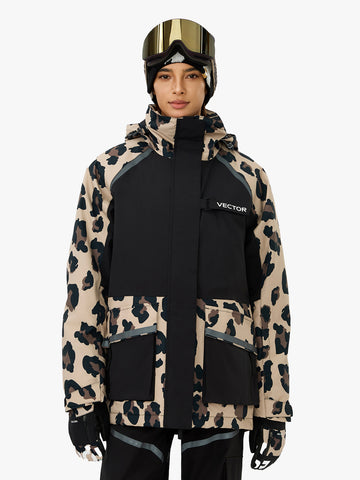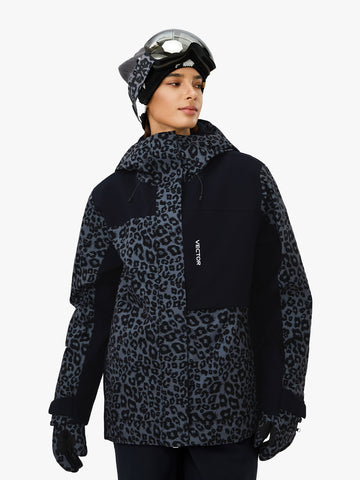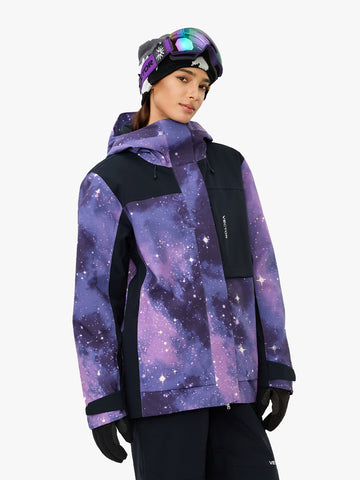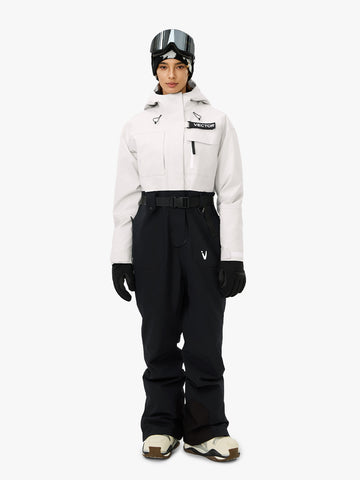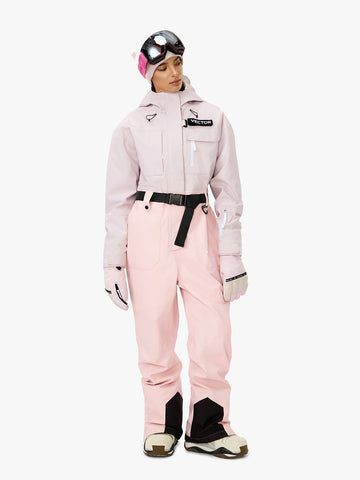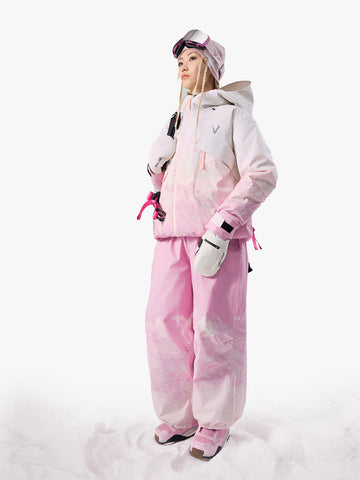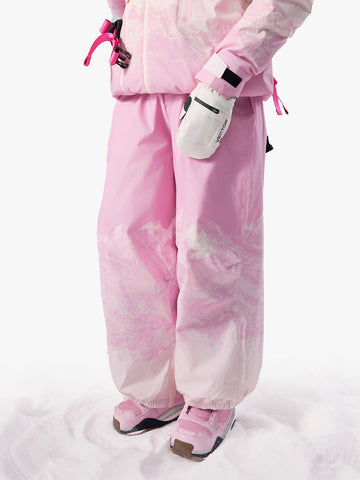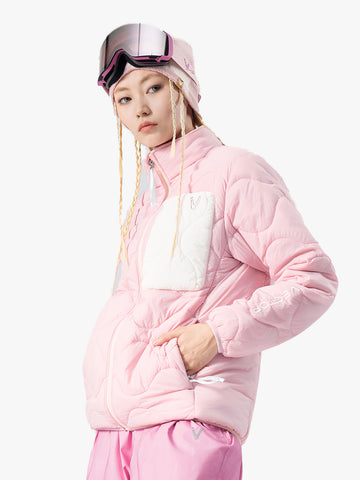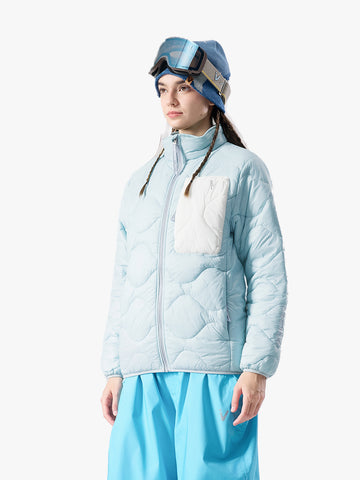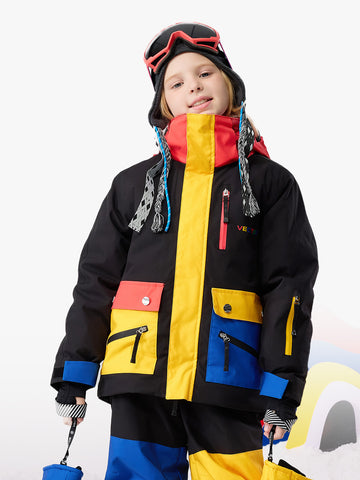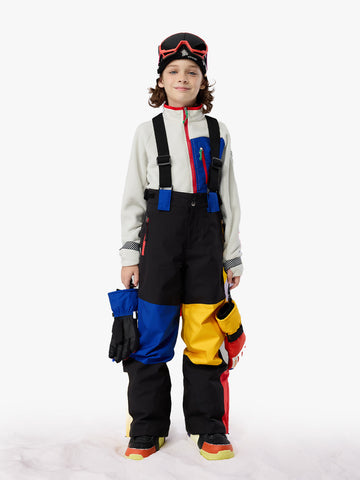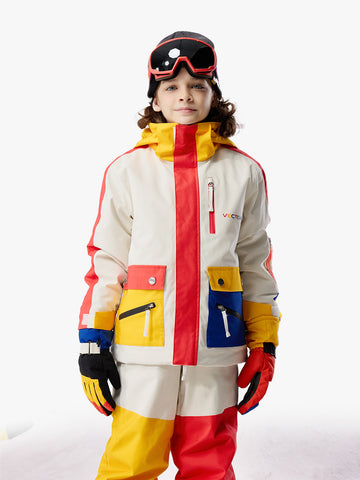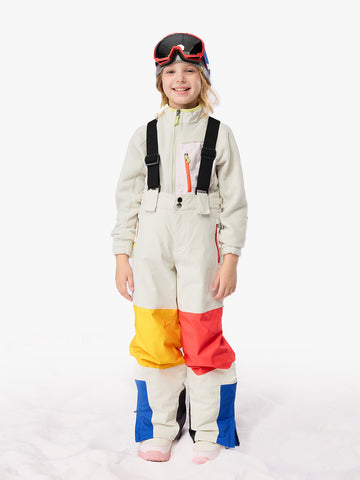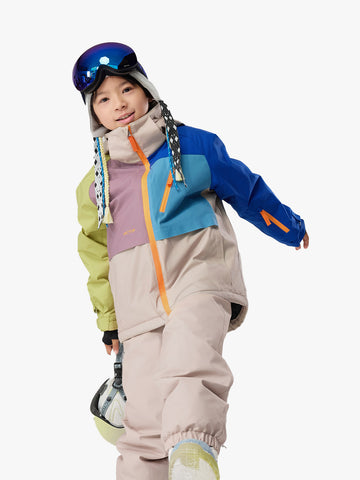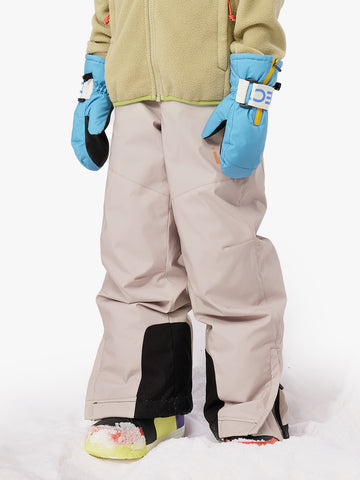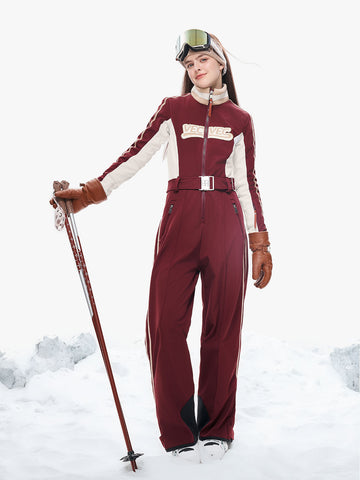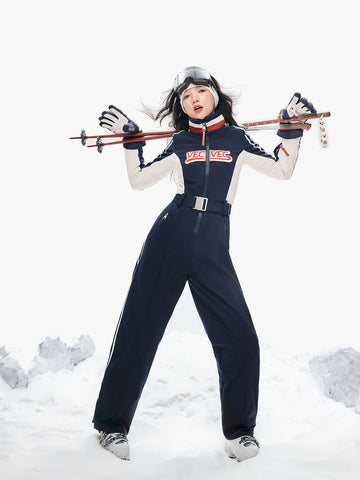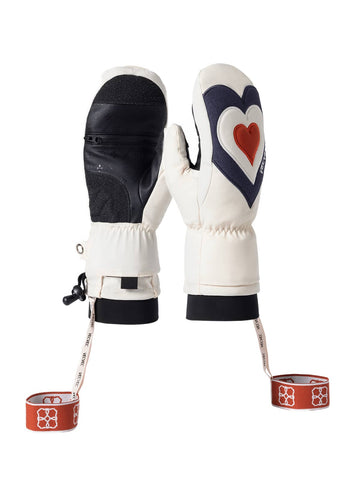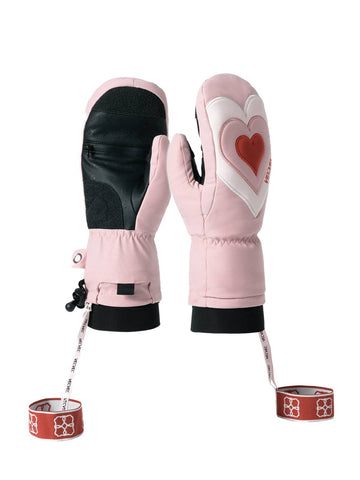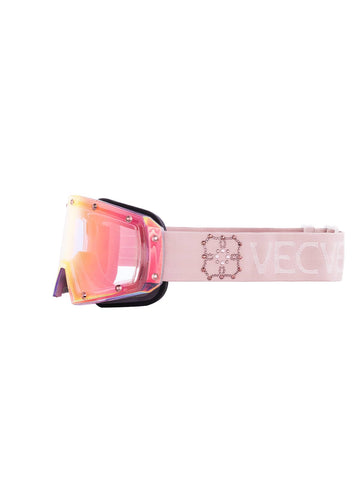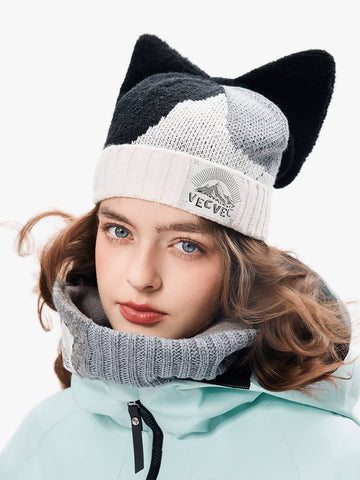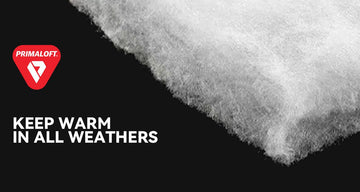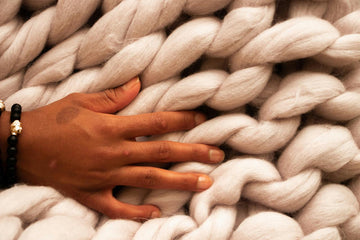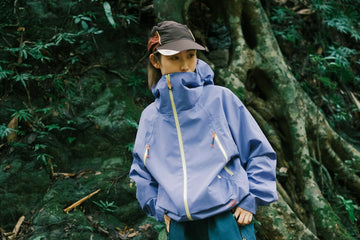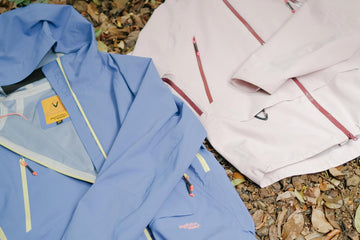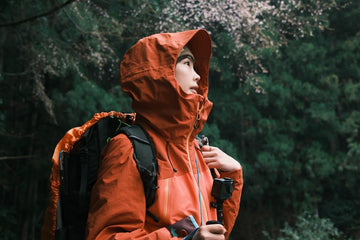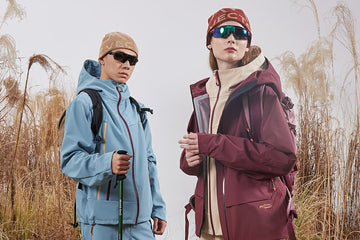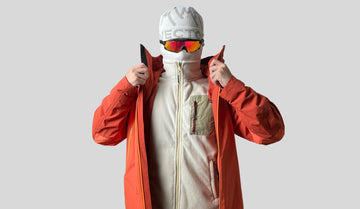Selecting the right rain jacket is vital for anyone who spends time outdoors, as it ensures you stay comfortable and protected no matter the weather. Understanding key features and technologies of rainwear can guide you to the perfect waterproof rain jacket that fits your needs and budget. Additionally, a lightweight rain jacket can provide the protection you need without adding unnecessary bulk. Conducting thorough research before purchasing can help you find rain jacket women without breaking the bank.
We'll guide you through:
Materials and Technology
Types of Rain Jackets
Materials and Technology
Waterproofing
Imagine you're hiking in the mountains and a sudden downpour begins. How crucial would waterproofing be in this situation? A jacket with excellent waterproofing, such as one made with Gore-Tex technology, would keep you completely dry, preventing the discomfort and potential hypothermia that could result from being soaked.
There are many rain jackets on the market, each with varying levels of waterproofing. Here are the common fabric waterproof ratings:
10,000mm: Jackets in this range are good entry-level options. While they offer decent waterproofing, they may not hold up against heavy downpours or prolonged exposure to wet conditions. If you plan on outdoor activities in dry or mildly wet conditions, these jackets should serve you well.
15,000mm: Jackets with a 15,000mm rating strike a balance between waterproof capability and affordability. With these jackets, you can expect reliable protection in rain, snow, and wet environments without breaking the bank.
Above 15,000mm: These jackets offer top-notch performance and are ideal for very wet conditions. However, it’s important to note that waterproof rating isn't the only factor to consider. For instance, a 15K jacket with high breathability can be more comfortable than a heavy, less breathable 20K jacket. VECTOR's Zenith 3L Hardshell Rain Jacket is a great choice. With 17,433 waterproofing, it ensures you stay comfortable and dry throughout your journey.
Breathability
Think about those high-intensity activities like trail running or backpacking. Have you ever felt clammy and uncomfortable due to sweat buildup? This is where breathability becomes essential. A breathable jacket allows moisture to escape, ensuring you stay dry from the inside out, even when you're pushing yourself to the limit.
Here are common fabric breathability ratings:
0 g/m²/24hr: Jackets with almost no breathability can trap moisture inside, making you feel hot and uncomfortable during intense activities. They are best suited for light outdoor scenarios or as a final layer of rain protection.
5,000 g/m²/24hr - 10,000 g/m²/24hr: Jackets in this range offer moderate breathability, allowing some moisture to escape while keeping you relatively comfortable during low-intensity activities like exploring a city or walking the dog. Like VECTOR's venture 3L 3-in-1 jacket, with a waterproof rating of 8,840, it can be used in light rain, average snow, and under light pressure. Areas prone to water ingress are heat-sealed for enhanced waterproof performance.

10,000 g/m²/24hr - 15,000 g/m²/24hr: These jackets provide good breathability, allowing a significant amount of moisture to escape during moderately intense activities. They are suitable for hiking, bike commuting, or other medium-intensity activities.
Durability is critical for long-term use and reliability. When climbing on rocky terrain or traveling through dense forests. A durable jacket made from strong materials can withstand wear and tear, ensuring that it remains functional and protective after many adventures. Investing in a durable jacket means you won't have to replace it as often, saving you money in the long run.
Types of Rain Jackets
3L Hardshell Rain Jacket
A 3L Hardshell Rain Jacket is your go-to gear for extreme weather. It's made of three layers. The outer layer is tough and protects against the elements, the middle layer is a waterproof and breathable membrane, and the inner layer is comfy against your skin. Hardshell jackets, unlike their softshell cousins, offer top-notch waterproofing and durability, making them perfect for those windy, rainy, or snowy adventures. If you're planning on tackling or hiking, this jacket is your best friend!
3-in-1 Jackets
For outdoor enthusiasts, the versatility of a 3-in-1 jacket is indispensable. Imagine hiking in mountainous terrain where the weather changes rapidly. In the morning, you might wear just the inner fleece for warmth. As the wind picks up, adding the outer shell provides windproof and waterproof protection. If it turns cold and rainy, combining both layers offers ultimate warmth and weather resistance. This design goes beyond a regular rain jacket by integrating a rain shell with a fleece or insulated outer layer. The inner and outer layers typically zip together, allowing you to wear each separately as needed. Such flexibility makes the 3-in-1 jacket the perfect choice for adapting to any natural environment!
Summary
Choosing waterproof clothing that meets your specific needs and the activities you plan to participate in is crucial. Additional factors such as seam sealing, fabric lining, hood design, and ventilation features (like underarm zippers) also play a significant role in determining a jacket's effectiveness in keeping you dry. Therefore, selecting the right rain jacket will help you stay dry, embark on epic outdoor adventures, and comfortably enjoy your time outdoors!\
FAQ
Q: How do I choose the right rainwear?
A: When choosing rainwear, consider waterproofing, breathability, and comfort. Look for sealed seams and waterproof zippers for maximum protection. Breathable fabrics and a good fit will help you stay dry and comfortable.
Q: Should a rain jacket be tight or loose?
A: A rain jacket should be slightly loose to allow for layering underneath and freedom of movement. However, it shouldn't be too baggy to avoid water seepage and ensure better insulation. Aim for a comfortable fit that balances protection and mobility.
Q: How waterproof should a rain jacket be?
A: A rain jacket should have a waterproof rating of at least 5,000 mm for light rain and everyday use. For heavy rain or prolonged exposure, a rating of 10,000 mm or higher is recommended. Always check for features like sealed seams and waterproof zippers for additional protection.
References:
https://www.rei.com/learn/expert-advice/rainwear.html
https://www.outdoorgearlab.com/topics/clothing-mens/best-rain-jacket-men/buying-advice
https://www.hellyhansen.com/en_us/guides/how-to-choose-a-rain-jacket
https://scribblergear.com/blogs/news/the-top-5-things-to-look-for-when-buying-a-raincoat
https://www.nytimes.com/wirecutter/reviews/best-everyday-rain-jacket/
